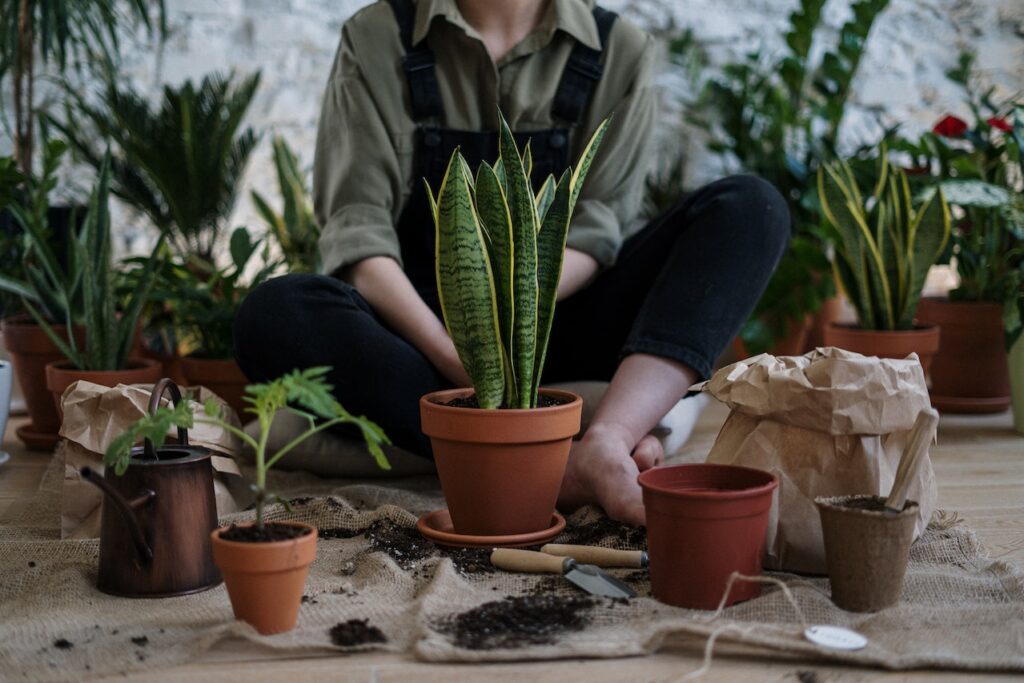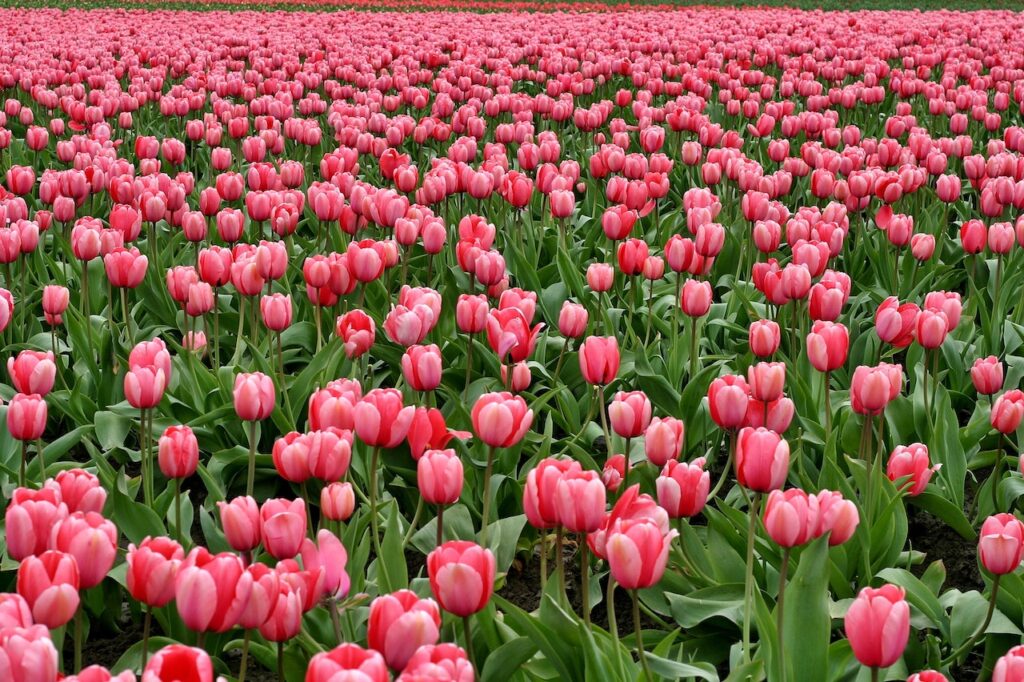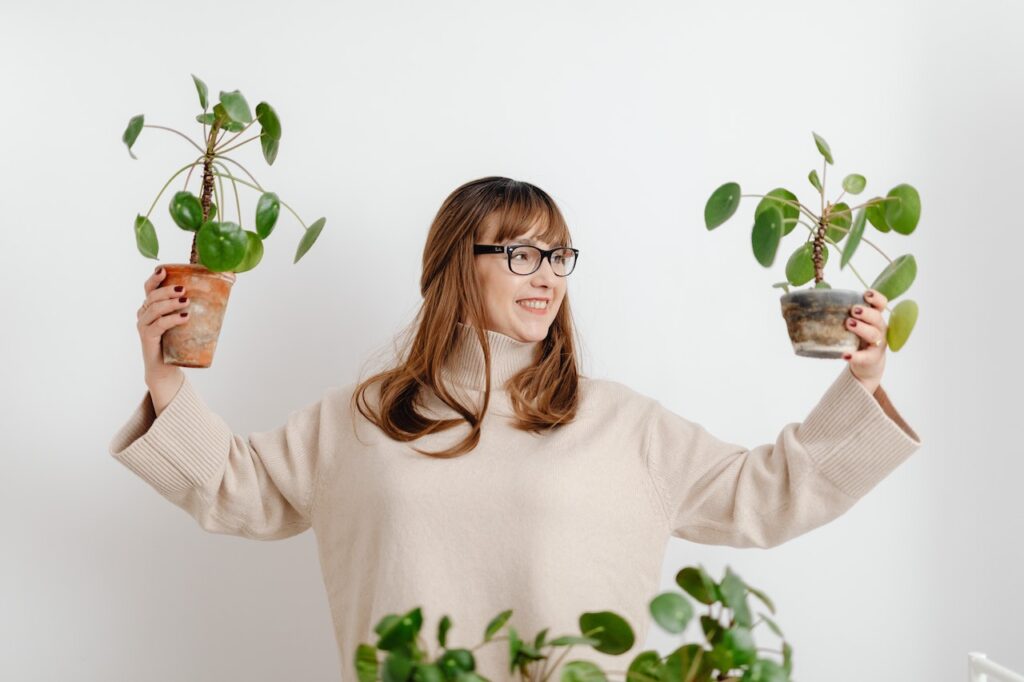Welcome to the world of indoor gardening! Whether you’re a seasoned green thumb or a beginner just starting out, choosing the right plants for your space can be a daunting task. With so many options available, it’s easy to feel overwhelmed. But fear not! In this blog, we’ll be discussing one important consideration when it comes to choosing indoor plants:
Space Consideration For Indoor Plants
When it comes to indoor plants, size does matter. Before you even start thinking about what type of plants you want, it’s important to take a good look at your space. How much room do you have? Is your space well-lit or dimly lit? Is it humid or dry? These are all factors that can affect the growth and health of your indoor plants.
Let’s start with the basics.
If you have a small space, you’ll want to choose plants that are small in size. That may seem obvious, but it’s an important consideration that can easily be overlooked. The last thing you want is for your plant to outgrow its container and start taking over your living space.
So what are some good options for small spaces?
Let’s start with succulents. Succulents are perfect for small spaces because they come in a variety of sizes and shapes, and they don’t need a lot of water. They’re also low-maintenance and can add a pop of color to your space. Some popular varieties include the Zebra Haworthia, Echeveria, and Jade plants.
Another great option for small spaces is the spider plant. Spider plants are easy to care for and can thrive in low-light conditions. They also produce little “spiderettes” that can be replanted, making them a great option for those who want to propagate their plants.
For Medium Spaces:
If you have a bit more space to work with, you can start looking at medium-sized plants. One popular option is the Pothos. Pothos are versatile plants that can grow in a variety of conditions, from low light to bright, indirect light. They also come in a variety of colors, including green and variegated.
Another good choice for medium-sized spaces is the Snake plant. Snake plants are known for their air-purifying properties and can thrive in low-light conditions. They’re also a great option for those who tend to forget to water their plants, as they can go weeks without needing to be watered.
For Large Spaces:
If you’re lucky enough to have a large space to work with, the options are endless. One popular choice for large spaces is the Fiddle-leaf fig. Fiddle-leaf figs are known for their large, dramatic leaves and can make a bold statement in any room. They do require bright, indirect light and regular watering, but the payoff is well worth it.
Another great option for large spaces is the Rubber plant. Rubber plants can grow up to 10 feet tall and are perfect for adding some greenery to a corner of your room. They also require bright, indirect light and regular watering, so be sure to keep that in mind before making a commitment.
Lighting
Now that we’ve covered some plant options for different space sizes, let’s talk about another important consideration: lighting.
As we mentioned earlier, the amount of light your space receives can greatly affect the growth and health of your indoor plants. If you have a space that’s well-lit, you’ll have more options when it comes to choosing plants. However, if your space is dimly lit, you’ll need to choose plants that can thrive in those conditions.
If you have a well-lit space, you can consider plants like the Peace Lily or Bird of Paradise. Both of these plants require bright, indirect light and regular watering, but they can add a lot of visual interest to your space.
On the other hand, if your space is dimly lit, you’ll want to choose plants that can tolerate low-light conditions. Some great options include the Snake plant, Pothos, and ZZ plant. All of these plants can thrive in low light and are easy to care for.
Click here to read more about the Light requirements of different plants.
Humidity
It’s also important to consider the humidity level in your space. Some plants, such as ferns and orchids, require high humidity levels to thrive. If you have a dry space, you can still enjoy indoor plants, but you’ll want to choose ones that can tolerate low humidity levels, such as succulents and cacti.
Maintenance
Another factor to consider when choosing indoor plants is the amount of maintenance they require. If you’re new to indoor gardening or don’t have a lot of time to devote to plant care, you’ll want to choose plants that are low-maintenance. Some good options include Succulents, Snake plants, and ZZ plants. These plants require minimal watering and can tolerate a variety of lighting conditions.
If you have a bit more time to devote to plant care, you can consider plants that require a bit more attention, such as Orchids or Fiddle-leaf figs. These plants can be more challenging to care for, but the payoff is well worth it when you see them thrive.
Lastly, it’s important to consider the aesthetic of your space when choosing indoor plants. Do you want a pop of color, or do you prefer more muted tones? Do you want plants that climb or ones that stay compact? There are endless options when it comes to indoor plants, so take some time to think about what will work best with your existing decor.
Choosing indoor plants can be a fun and rewarding experience, but it’s important to consider the space you have available. Whether you have a small apartment or a large home, there are indoor plants that can thrive in any environment. By taking into account factors such as lighting, humidity, and maintenance, you can find the perfect plants to add some greenery to your space. So get out there and start exploring the wonderful world of indoor gardening!
Join the Nursery Bazaar Reddit group by clicking here. Post your questions and let the community help you.



